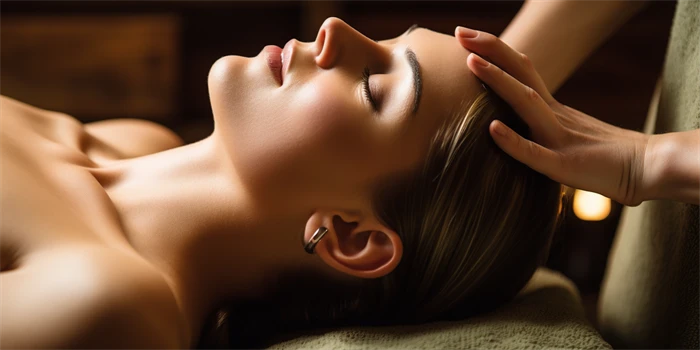Can I Eat Shrimp After Biocorneum in San Antonio?
Biocorneum is a revolutionary scar management gel that has gained popularity in San Antonio and beyond for its effectiveness in reducing the appearance of scars. However, patients often have questions about their dietary choices post-treatment, particularly regarding seafood like shrimp. This article aims to provide a comprehensive guide on whether it is safe to consume shrimp after using Biocorneum.

Understanding Biocorneum
Biocorneum is a silicone gel that works by creating a protective barrier over the scar, helping to retain moisture and prevent the scar from becoming too dry or too moist. This balance is crucial for the healing process. The gel is applied topically and is generally well-tolerated by most patients. It is important to follow the application instructions provided by your healthcare provider to ensure optimal results.
Dietary Considerations Post-Biocorneum
While Biocorneum primarily affects the skin, the overall health and healing process can be influenced by various factors, including diet. Consuming a balanced diet rich in vitamins and minerals is generally recommended for anyone, especially those recovering from injuries or undergoing treatments like Biocorneum. Seafood, including shrimp, is a good source of protein and essential nutrients, which are beneficial for wound healing and overall health.
Potential Allergies and Sensitivities
One of the main concerns with consuming shrimp after using Biocorneum is the potential for allergic reactions. Shrimp and other shellfish are common allergens that can cause mild to severe reactions in some individuals. If you have a known shrimp allergy, it is advisable to avoid consuming shrimp to prevent any adverse reactions that could potentially complicate your healing process. If you are unsure about your allergy status, it is best to consult with your healthcare provider before introducing shrimp back into your diet.
Infection Risks and Precautions
Another consideration is the risk of infection. While Biocorneum helps in managing scars, it does not provide complete protection against infections. Consuming undercooked or improperly handled seafood, including shrimp, can increase the risk of bacterial or parasitic infections. It is crucial to ensure that any seafood you consume is thoroughly cooked and sourced from a reputable supplier to minimize these risks.
Nutritional Benefits of Shrimp
Shrimp is not only a delicious seafood option but also a nutrient-dense food. It is high in protein, low in fat, and rich in essential nutrients such as omega-3 fatty acids, vitamin D, and selenium. These nutrients are beneficial for overall health and can support the healing process. If you do not have any allergies or dietary restrictions, incorporating shrimp into your diet after using Biocorneum can be a healthy choice.
Consulting Your Healthcare Provider
Ultimately, the decision to consume shrimp after using Biocorneum should be made in consultation with your healthcare provider. They can provide personalized advice based on your medical history, current health status, and specific needs. It is always better to err on the side of caution and seek professional guidance to ensure a safe and effective healing process.
FAQ
Q: How long should I wait to eat shrimp after using Biocorneum?
A: There is no specific waiting period. However, if you have any concerns or known allergies, it is best to consult your healthcare provider before consuming shrimp.
Q: Can I eat shrimp if I have a mild allergy?
A: If you have a mild allergy, it is still advisable to avoid shrimp or consume it with caution under the guidance of a healthcare provider.
Q: Are there any specific cooking methods recommended for shrimp to minimize infection risks?
A: Shrimp should be cooked thoroughly to an internal temperature of 145°F (63°C) to ensure it is safe to eat. Avoid consuming raw or undercooked shrimp.
Q: Can I use Biocorneum if I have a seafood allergy?
A: Yes, you can use Biocorneum even if you have a seafood allergy. Biocorneum is applied topically and does not interact with dietary intake.
Q: What are the signs of a seafood allergy?
A: Signs of a seafood allergy can include itching, hives, swelling, difficulty breathing, and gastrointestinal symptoms. If you experience any of these symptoms after consuming shrimp, seek medical attention immediately.
By following these guidelines and consulting with your healthcare provider, you can make informed decisions about your diet and ensure a smooth healing process after using Biocorneum in San Antonio.





